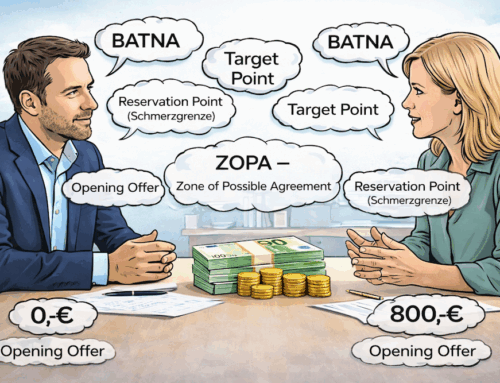Concept of passivity.
When passive thinking prevents solutions.
Concepts for mediation. Part 1
Photo by AbsolutVision on Unsplash
1. introduction of the concept of passive thinking
Transactional analysis calls thinking passive when information that would be relevant for solving a problem is unconsciously ignored. The consequence of this is that the problem may not be solved or at least not on the basis of the relevant knowledge that has been ignored. Passivity in thinking leads to the problem remaining untouched.
It can be Four stages of passive thinking and conceptualise them. This is explained below using an example:
1st stage: The Hide the problem:
Conflicts can be denied and corresponding information, feedback etc. simply dismissed as false. Then the person remains in the mindset that there is no conflict, at most the other person has a problem. („I don't have a conflict with you, you have a problem.")
2nd stage: The Devaluation of the problem.
The next stage is that the existence of the problem „conflict“ or whatever, is recognised, but its significance remains minimised. (="That may be, but it's not as bad/big/dramatic as you claim!")
3rd stage: The Insolubility of the problem is accepted.
If the significance of the problem is recognised and is no longer minimised, then its solvability can still be denied. Who likes to work on „unsolvable problems“, apart from scientists and other nerds… (="It's bad, but it can't be changed.")
4th stage: The Own ability to find solutions is devalued.
The fourth stage of passive thinking is to deny your own personal ability to find a solution. (="That's bad, but I'm not able to solve the problem/conflict etc.).
2 Use of the concept in mediation
The consequence and basic idea of the concept of passive thinking is that a counselling approach to the problem must start at the level of thinking that currently prevails. It is therefore necessary to find out to what extent the problem or the ability to solve it is being thought about passively and to start accordingly.
Nobody should be encouraged to work on a problem that they are not convinced exists. Or in other words, from the counsellor's point of view:
It is not worth talking to someone about solutions if the problem is not clear.
The following questions may be helpful as examples:

These stages and questions help the mediator not to work on solutions with the mediants (stage 4) if they still define the joint conflict as a problem of the other party (stage 1) or degrade the other party to a problem (stage 2!) or or or or..., at any rate if they do not yet harbour the idea that they are responsible for their conflict situation and do not yet want to work on solutions. therefore are able to end them together. Mediators should therefore be familiar with the concept of passivity in order to interact with the mediants at the level at which problems and possible solutions are devalued.





Leave A Comment